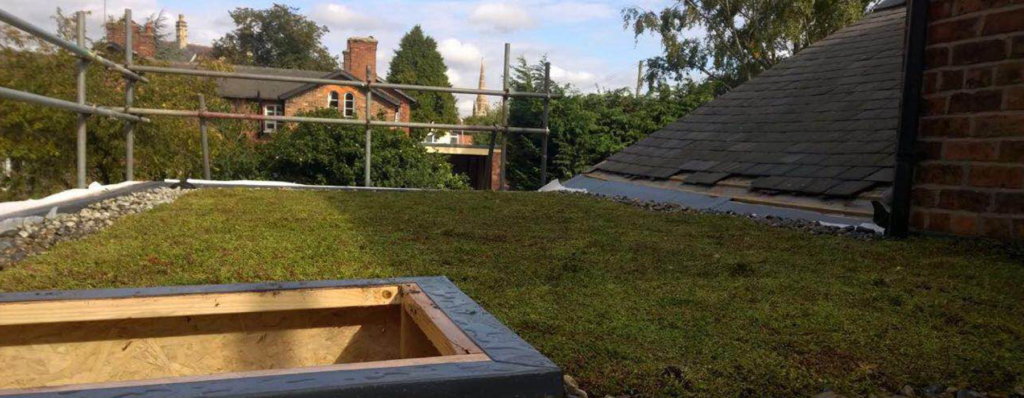When planning and designing any new roof, be it commercial or industrial, careful wind load calculations should be a key part of this process. But what are wind load calculations? And why are they so important? Well, here at Enviroply Roofing, we are leading roofing experts. From single ply roofing membranes, to roofing installation options, we can help you make the right decision for your new roof. As a result, we have produced this guide to wind load calculations and roof installations. So how important are accurate wind load calculations?
How important are accurate wind load calculations?
Are wind load calculations really necessary? Well, wind load calculations involve calculating the potential wind uplift, so a roof that can withstand this uplift can be created. A roof that is not prepared for a strong wind uplift will be damaged, and this will lead to expensive repairs being necessary.
The wind load calculations will help determine exactly how to install the new roof, and the amount, and quality of roof components, fixings or ballast necessary. This will help keep the roof secure, and prevent damage from wind uplift.
What is wind uplift?
Wind uplift is caused by gusts of wind hitting the side of any building. This disturbance in the wind movement, directs it upwards instead, at an increased speed. Once the wind reaches the top of the building, it can continue to move freely. But, before it does so, it creates a void.
This wind uplift void is an area of negative pressure that settles directly above the roof. The negative pressure creates an uplift force. The same force that is used to lift an aircraft wing! As you can imagine, this force has the power to pull roof coverings completely off the structure, causing a lot of expensive and potentially dangerous damage.
Accurate wind load calculations can prevent this damage by ensuring that the roof is equipped to stay in tact during such pressure.
Securing the roof against wind uplift
As you can see, it is essential that the roof is secured against the wind uplift force. There are different factors that will contribute to the effect of the wind uplift, and these include:
- the location of the building- both where in the UK the building is positioned, and in terms of the surrounding environment
- the height of the building
- the size of the building
- the roof shape
Making accurate wind load calculations involves taking into consideration all of these critical factors.
Wind uplift and roof installations
Once the wind load has been calculated, a roof can be installed following manufacturers recommendations. For different installation methods, you will need to ensure:
- a ballasted roof uses enough ballast to keep the roof membrane held securely in place, even when under pressure from roof uplift forces. In an area where the wind uplift is thought to be high, you may need to use larger paving slabs to hold the roof in place.
- a mechanically fixed roof makes use of the wind load calculations to find out exactly how many fixings will be necessary across the roof, including the corner, perimeter zones, field zones and intermediate fixings. It is absolutely necessary to also follow the manufacturers guidelines, to guarantee your warranty.
- all of the components in your adhered roof are strong enough to withstand the uplift. The amount of adhesive you use won’t matter if one of the layers is weaker than the others, this will create a weak point. Which can be enough for the wind to cause serious damage.
For more information about wind load, uplift, and your roof installation, get in touch with the professionals today, here at Enviroply Roofing.

